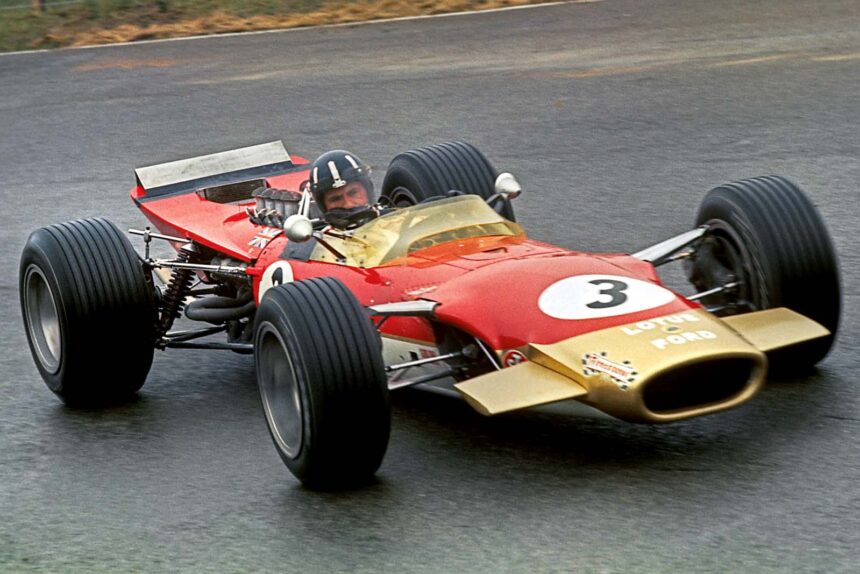The Impact of Sponsorship Squabbles on Motorsport Broadcasting
“Those of our readers who cannot get to races have left us in no doubt that they resent this whole squabble, and we support their feelings.”
Back in the 1970s, the world of motorsport was rocked by sponsorship squabbles that had a significant impact on broadcasting and coverage of events.
One such incident occurred in August, when a dispute with the BBC threatened to disrupt coverage of Damon Hill’s second title victory at the end of the season. Fortunately, the issue was resolved just in time, much to the relief of fans.

However, this was just the beginning as more sponsors entered the scene, backing teams like March and Matra. The influx of sponsorship money brought both opportunities and challenges to the sport.
One of the most memorable clashes between sponsors and broadcasters came in 1976 during the intense battle between Niki Lauda and James Hunt for the F1 title. British fans were unable to witness the epic showdown due to Surtees advertising condoms, deemed unsuitable for family viewing by the BBC.
Commentator Murray Walker later reflected on the incident, highlighting the strict regulations in place at the time regarding sponsor logos and advertising.
Similar struggles were faced by football teams looking to display sponsor logos on their shirts. The FA allowed sponsorship on kits from 1977, but broadcasters were hesitant to show logos on air.
Even Coventry City had to design a special kit for televised games to avoid referencing local car maker Talbot too obviously. It wasn’t until 1986 that all sponsorship restrictions were finally lifted, allowing teams and brands more freedom in showcasing their partnerships.
These conflicts between sponsors, broadcasters, and sporting bodies highlight the complex relationship between commercial interests and traditional values in the world of sports broadcasting.







